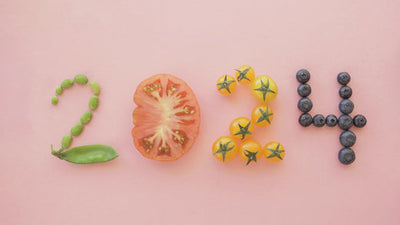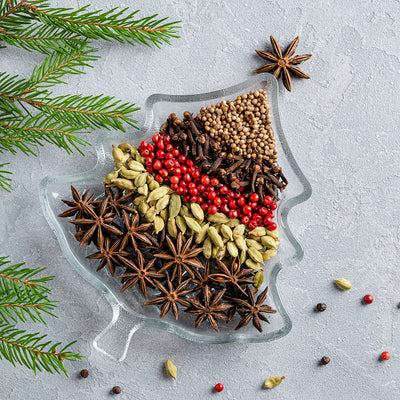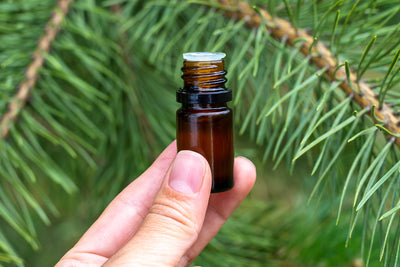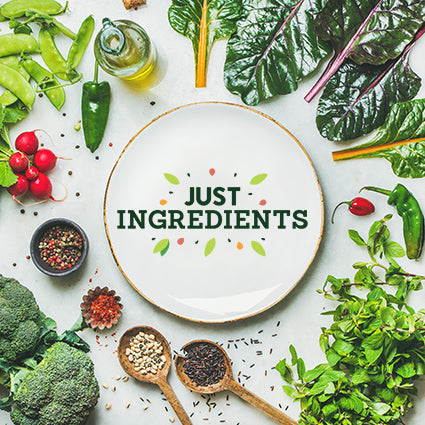Healthy Eating Week 💚
Healthy Eating Week is an annual event that promotes healthy eating habits and lifestyles held in the United Kingdom and organised by the British Nutrition Foundation. Taking place in June, Healthy Eating Week aims to raise awareness about the benefits of a healthy diet, as well as providing information and advice on how to achieve and maintain a healthy diet.
Get involved:
Monday: Focus on fibre - for meals and snacks 🌱
Tuesday: Get at least 5 A DAY - put plenty on your plate 🥗
Wednesday: Vary your protein - be more creative 💪
Thursday: Stay hydrated - fill up from the tap💧
Friday: Reduce food waste - know your portions 🗑️
The facts...
1. Healthy eating is about having a balance of different foods and nutrients in the diet for good health and wellbeing 🌈
2. No single food or food group can provide everything we need to be healthy. Eating a variety of different foods from each of the food groups can help us get the full range of nutrients our bodies need.
3. Fruit and vegetables are a key part of a healthy diet, and we should aim to get our 5 A DAY or more if we can. This can be from fresh, frozen, dried or canned fruit and vegetables 🥬 🍌
4. Starchy foods like bread, potatoes, pasta, rice and other grains are part of a healthy diet, but the quality of what we choose is important. It is a good idea to choose wholegrains like wholemeal or rye bread, whole-wheat pasta, oats and potatoes with skins to help us get enough fibre and other important nutrients 🍚
5. Plant-based protein foods like beans, lentils, chickpeas and other pulses provide protein and fibre and are naturally low in saturated fat. It is good to include these regularly in the diet 🌱
6. Animal protein foods like fish, eggs, meat and dairy (milk, yogurt, cheese) provide a range of vitamins and minerals and can be part of a healthy diet.
- It is best not to eat too much red and processed meat.
- It is recommended that we have two portions of fish a week, one of which should be an oily fish like salmon, mackerel or sardines.
- Dairy foods provide protein, calcium, B vitamins and iodine. It is best to go for lower sugar versions (for example natural yogurt) most of the time. If choosing plant-based dairy alternatives, then look for those that are fortified with calcium and ideally other vitamins and minerals.
7. It is best to choose healthier fats like vegetable, nut, seed or olive oils most of the time and to not to have too much of sources of saturated fat such as butter.
8. We probably know that we should not have too many foods or drinks that are high in saturated fat, salt and sugar such as chocolate, cakes, biscuits, pastry, crisps and fried chips. If you include these, try to keep portion sizes small.




